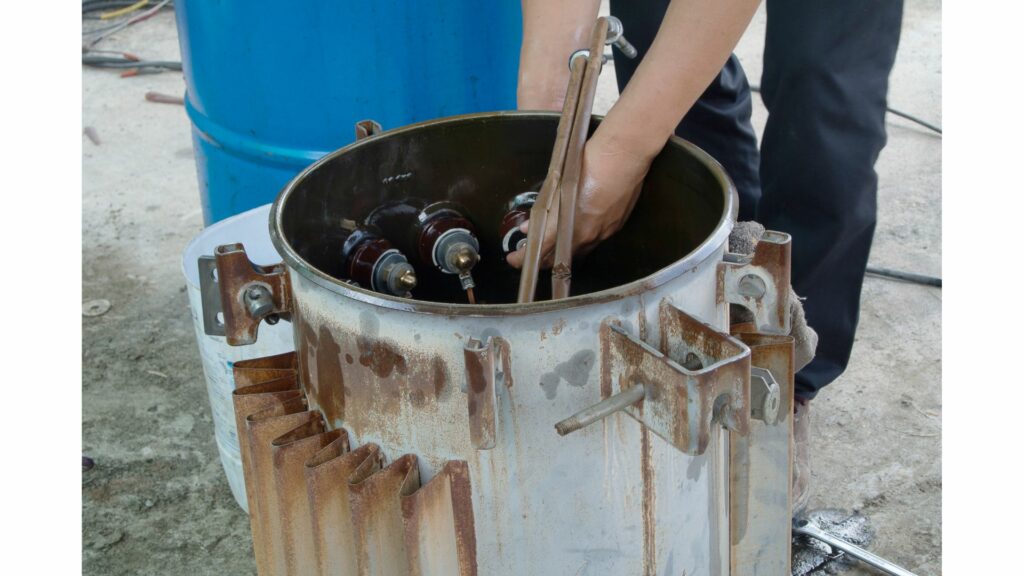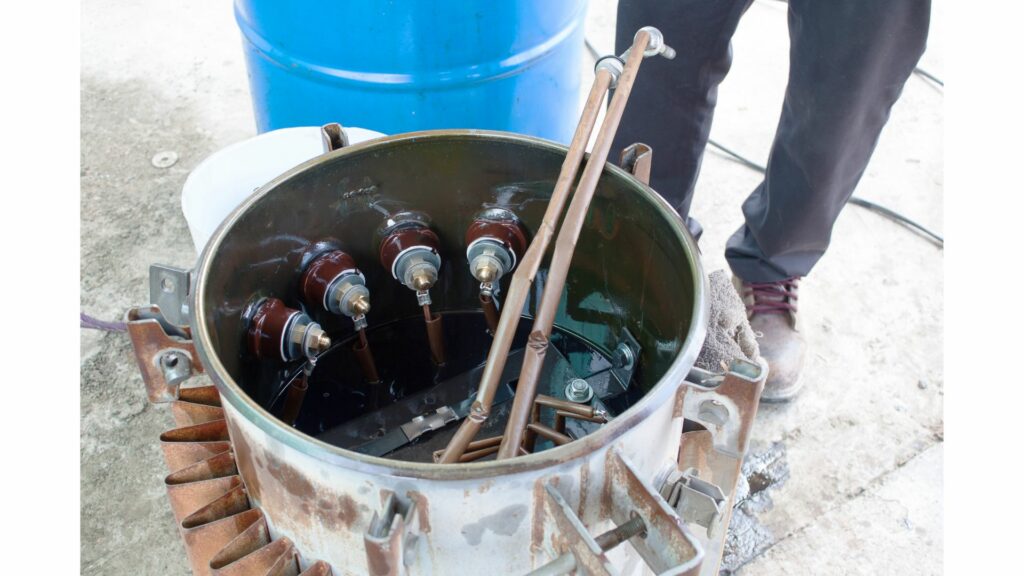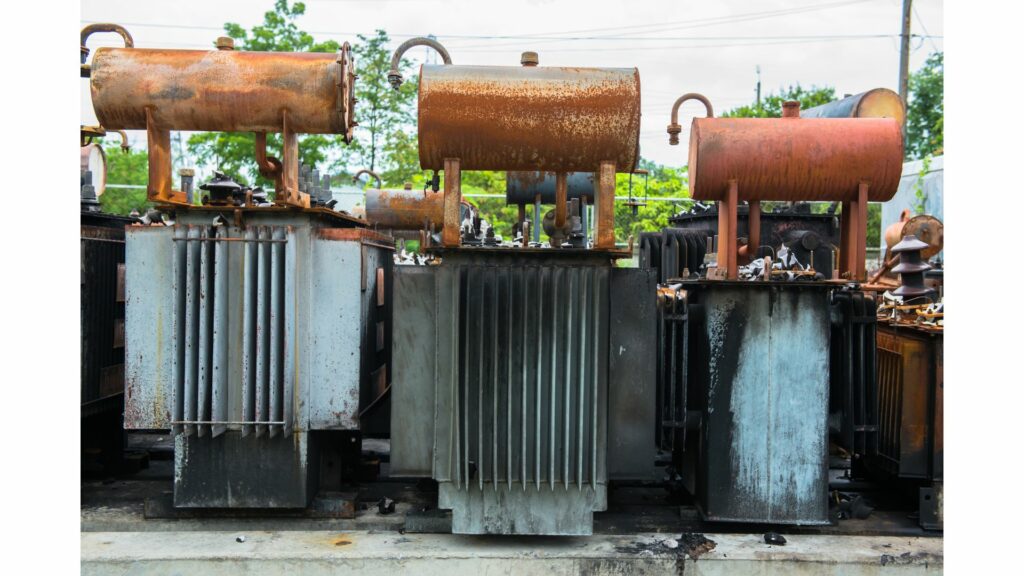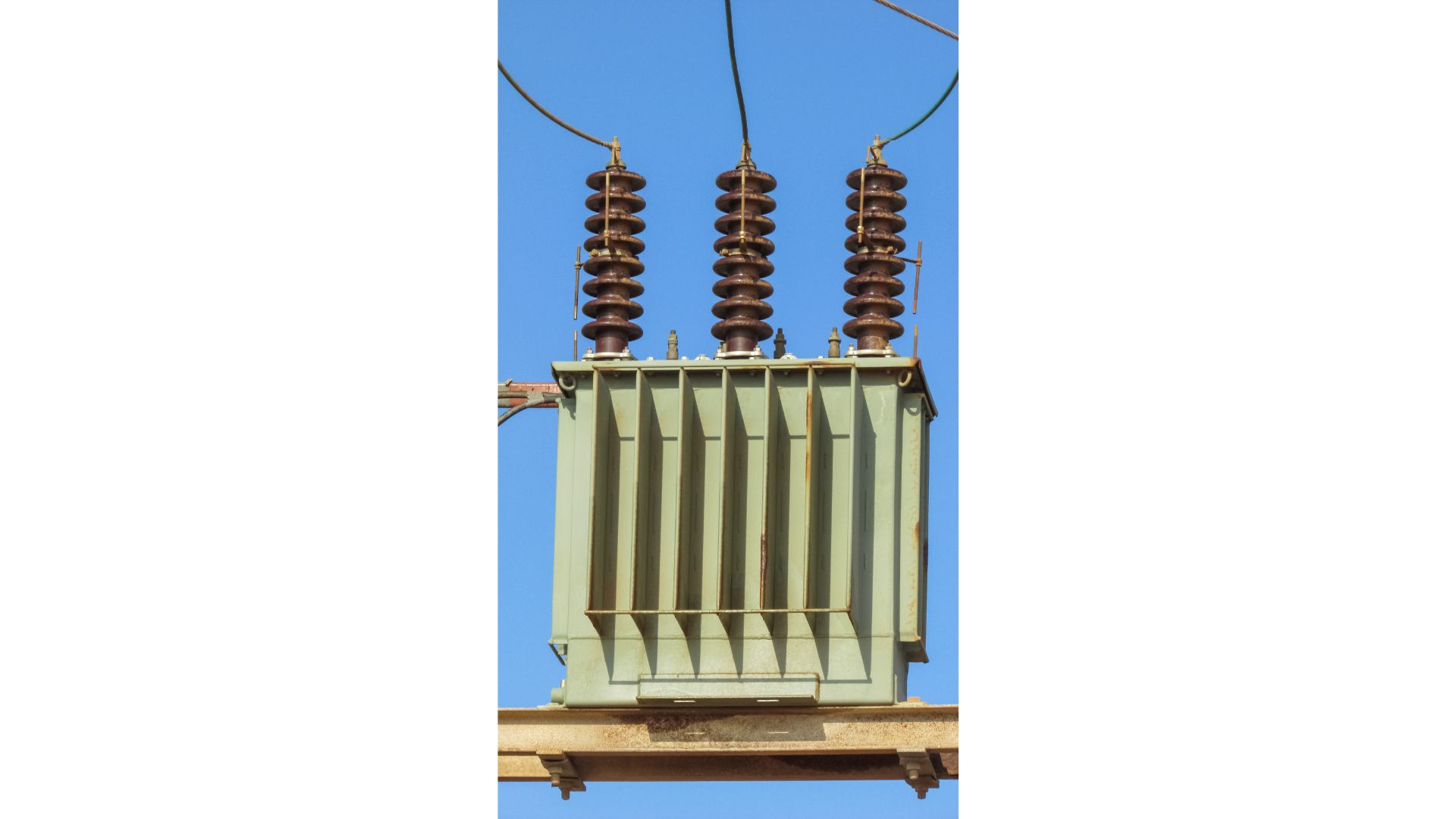The transformer is that metal box (or can) at the top of your block’s utility pole. These devices are part of the electrical distribution system in your area. They will raise or lower the voltage to fit your location’s needs.
The current running through power lines has a higher voltage than your home can handle. Without a transformer to reduce the voltage, that current would destroy all your electronic equipment.
Because you have a transformer, it will not only transmit the current at a suitable voltage but also absorb power surges.
How Long Will It Take To Fix A Transformer?
It will take 20 hours to days to fix a transformer.
LightningProtection has given the example of Richmond Power and Lights in Indiana. Lightning strikes destroyed two of their industrial transformers. They fixed the devices within 20 hours. You can expect a similar response, especially if your service provider has a sizable team of experts on hand.
They will have the transformer up and running within hours. However, this doesn’t happen every time. You have to consider a few factors:

First of all, if your service provider doesn’t have enough manpower, it may take days before they even think to tackle the dead transformer in your area, especially if transformers in multiple locations have also blown.
What kind of weather do you have in your area? If the transformer went down because of a storm, you can’t expect your service provider to respond until the storm subsides. A natural disaster is even worse. Depending on the severity of the damage, it may take them weeks to get to your transformer.
Unfortunately, the location matters. Some places have a higher priority because of the number and type of people the power outage affects. Service providers may ignore a transformer they don’t classify as ‘Critical’ for several weeks, possibly even months.

The logistics matter. The New York Times has noted that, even though fixing and replacing a transformer is easy, it can take up to two years to resolve the logistical issues. Does your service provider have replacement parts and transformers in stock, or must they order them from abroad? Can the supplier fly the parts to your country, or are they restricted to slower transportation options?
The severity of the damage matters. It can take service providers days to resolve issues related to faulty windings or the core. If a tree knocks the pole down, they have to remove the tree and re-install the pole and all its components. That includes the power lines.
How Long Do Transformers Last?
IEEE published a paper that assigned transformers a 25 to 40-year lifespan. They based these figures on manufacturers’ estimates. Those figures may vary depending on various factors, such as the type of transformer.
For instance, Electrical Technology expects an Indoor 100kVA air-cooled transformer to last sixty or more years. However, experts agree with the 25 to 40-year lifespan. Service providers regularly maintain the transformer’s internal and external parts to extend its lifespan.
That includes performing inspections, fault diagnostics, oil analysis, and basic repairs and rewinds. Depending on where you live, your service provider will endeavor to comply with your country’s maintenance regulations and standards.
In other words, they may perform maintenance more or less frequently than service providers in other countries, depending on what the local and federal authorities demand. If you’re tasked with maintaining a transformer, it is worth noting the components that typically fail, including:
- Core – The core, which carries magnetic flux, is susceptible to DC magnetization. Additionally, you can’t rule out displacement, which can occur during construction.
- Winding – The windings are usually strong enough to withstand displacement originating from short circuits and lightning. However, they can still fail because of short circuits resulting from faults in the windings or insulating material. You should also keep an eye out for transient Overvoltage.
- Tank – Besides housing the coolant oil, the tank protects the core and windings. Even though it has a robust design that repels everything from the sun’s rays to corrosive weather elements, the tank can still corrode, dent, and leak. The tank will rapture if arcing vaporizes the oil, raising the pressure.
- Solid Insulation – The cellulose between the windings (providing electrical isolation) can degrade and sustain mechanical damage.
- Oil – The oil cools the transformer. It can become contaminated. Once this happens, the transformer’s temperature will rise.
- Bushing – Mechanical damage and material faults in the insulation can harm the bushing by causing a short circuit.
Why Do Transformers Explode?

Yes, transformers explode. That isn’t a myth. You’ve all heard that loud blast that echoes for miles sometimes when a transformer fails. But why would a transformer explode?
These devices use mineral oil to prevent overheating.
Surges and defects cause overpressure that raptures the transformer, producing the explosive boom, blinding flash, and fireballs people associate with dead transformers.
Transformers are susceptible to a multitude of threats. The following are often blamed for dead or exploding transformers:
- The weather has been a threat to power distribution for decades. In some parts of the world, the power goes off whenever it rains. Hot weather isn’t necessarily better because high temperatures can lead to overheating. And as you now know, overheating can rapture a transformer.
- Bad weather and falling trees are synonymous with exploding transformers. Although, in some cases, trees fall on power lines and transformers because careless people keep cutting them down. A failing tree will strike the transformer, damaging it or bringing the entire pole to the ground.
- Lightning doesn’t always wait for bad weather to strike. Some lightning strikes happen during the hottest months of the year. They produce surges that boil the mineral oil, leading to a fire.
- Sometimes, the fault originates from the transformer or its surrounding components. That includes poor wiring, worn-out insulation, and Overvoltage.
- Birds and animals can build homes on the transformer, breaking the wiring and causing arcing and short circuits in the process.
- The demand can exceed a transformer’s capacity. This can lead to overheating. Transformers have thermal overload relays that disconnect the load when temperatures cross a dangerous threshold.
- Some transformers are simply old. They can no longer handle the strain associated with their operations.
How Frequently Do Transformers Explode?
According to New York Institute Of Technology, the chance of a transformer in the US exploding is just 0.1 percent per year. This is still a challenge to service providers because it threatens the grid’s stability, which is why electric companies keep teams of experts on standby, ready to respond to an exploding transformer at a moment’s notice.
That being said, the number of transformers exploding in the US is low. On the other hand, Jaspreet Singh (Punjab State Power Corporation Limited) published a paper in the International Journal of Engineering Research and Technology, which revealed that the rate of distribution transformer failure in India is 12 to 17 percent.
That is incredibly high compared to the 2 to 3 percent rate in developed nations.
What To Do When A Transformer Fails?
- This goes without saying. Stay away from the transformer, especially if you see sparks and fires.
- Stay away from any power lines that fall to the ground.
- Call for help. Contact your service provider and tell them what happened. They will send a team to fix the problem.

